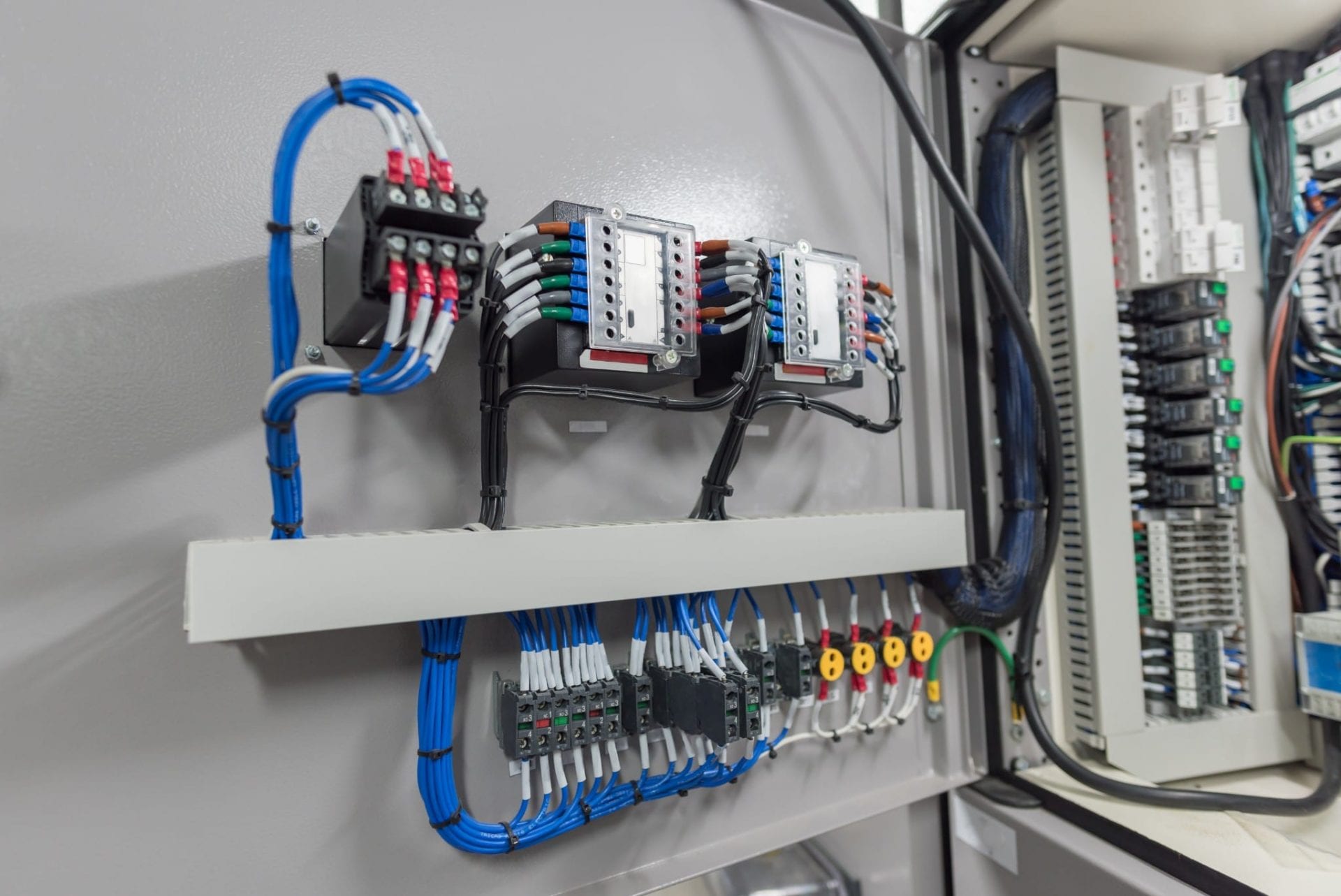A Step-by-Step Beginner's Guide to Electrical Wiring

The electrical wiring is an essential element of every home and understanding it is crucial for each homeowner. Not only is it helpful to ensure the efficient functioning of your home however, it is essential for your safety. In this article, we will discuss the basics of electrical wiring, the importance of safety and the advantages of employing an accredited residential electrician to handle all of your electrical wiring needs.
Understanding Electrical Wiring Basics
Electrical wiring is the network of electrical conductors that run throughout your home, providing electrical power to your appliances, devices, and lighting fixtures. It works by forming electrical circuits which connect the sources of power to your devices. Circuits for electrical power are comprised of wires, switches, along with other electronic components, which function to create a safe and efficient electrical system. There are various kinds of electrical wiring, such as aluminum, copper, as well as wire insulation types like PVC paper, rubber, or.
Preparation and Planning for Electrical Wiring
When installing the new wiring for electrical use, it is important to consider many things to think about, including the type of wiring you need, the capacity of your electrical system and your power requirements. Additionally, it is important to be aware of electrical wiring regulations and permits that are required in your locality. To prepare for electrical wiring, create an electrical plan and assess your electrical needs. This will ensure that your electrical system is secure efficient, reliable, and meets your power requirements.
Materials and Tools Required for electrical wiring
When installing new electrical wiring it is crucial to have the appropriate equipment and materials on hand. The most important tools are strippers, wire cutters, pliers, and a voltage tester. Other components required to conduct electrical wiring comprise electrical tapes, wire nuts conduit as well as electrical box. It’s also beneficial to have a wiring diagram that will guide you through the process of installing.
Step-by-Step Guide for Electrical Wiring Installation
Installing electrical wiring can be an intimidating process However, with the proper equipment and the right knowledge you can do it quickly and safely. This is a step-by-step guide to installing new electrical wiring in your home:
Turn off the power to the area where you will be working.
Plan the wiring layout and mark where the wiring will be installed.
Install electrical boxes and conduit where necessary.
Cut and strip wires to the appropriate length.
Connect the wires to the devices or fixtures that you’re wiring.
Connect the wires using wire nuts, electrical tape, or even conduit straps.
Check the wiring to make sure that it’s functioning correctly.
When installing the wiring, it is important to follow the best wiring installation methods and suggestions. Additionally, be conscious of common mistakes you need in the installation of electrical wire like over-loading the circuits of damaged wires or using the wrong type of wire for the job.
Troubleshooting Electrical Wiring Issues
Even with careful design and installation, electrical wiring problems can develop. Common problems include wiring damages, circuit overloads as well as electrical shorts. To resolve these issues it is crucial to know about the most common electrical wiring problems and understand how to effectively and safely solve the issue. It is also essential to adhere to electrical safety guidelines when troubleshooting electrical wiring issues, such as turning off the power source and wearing protective gear.
Conclusion
Understanding the how your electrical wiring is wired in your home is essential for your safety as well as the effective operation that your electric system provides. It is essential to employ an authorized electrician to ensure your wiring is set up and maintained properly. We at Local Electrician Menai, we provide a range of electrical services, which include electrical wiring repair and installation. Reach out to Local Electrician Menai at 1300 941 876 to discuss all your electrical wiring needs.
Electrical Wiring FAQ
Here are some commonly asked questions related to electrical wiring. They also include other safety guidelines and the best practices for electrical wiring installation and repair:
What type of wire do I need to use for my electrical wiring?
The type of wire you should use for your electrical wiring depends on the specific requirements of your home and local building codes. It is essential to choose the right gauge for your wire as well as the appropriate insulation type and wire material to ensure the safety and efficiency that your electric system is running at its best.
Can I install myself my own wiring for electrical use?
Although it is possible to install your own electrical wiring, it is essential to have the proper expertise and experience to do so safely and efficiently. In the majority of instances it is recommended that you employ a licensed electrician to ensure that the wiring is installed and maintained in a safe and secure manner.
How often do I need to have my electrical wiring inspected?
It is recommended to examine your electrical wiring at least every 10 years, or when you observe signs of electrical problems like frequent trips to the circuit breaker or electrical shocks.
What should I do if notice electrical wiring problems in my house?
If you spot any electrical wiring issues within your home, such as flickering lights or outlets that don’t work, it is important to take action immediately. Shut off power to the area in question and call a licensed electrician to determine and fix the problem.
By following these suggestions and best practices, you can ensure the electrical wires are secure and operating in a safe manner. Be sure to put safety first and consult with a licensed electrician in the event of a need. Call Local Electrician Menai at 1300 941 876 for all electrical wiring issues.
